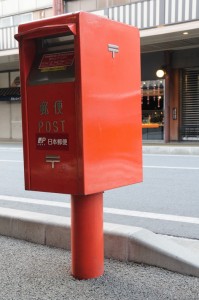Get your DMARC going
Get your company implementing DMARC now…
During the past 5-6 years email industry efforts have been pushing the DMARC standard along. It provides the best widely supported and seemingly efficient way to - as a domain-owner - protect the domain from misuse and abuse in terms of spam and phishing attacks.

As sending email has often been a wild-west, and knowing who is a valid sender of email may prove a challenge for many companies - and as most IT developers does seem to care too much about the finer details of email (and production just as bad email headers as HTML markup :-) ), implementing DMARC protection on your domain may actually be a challenge.